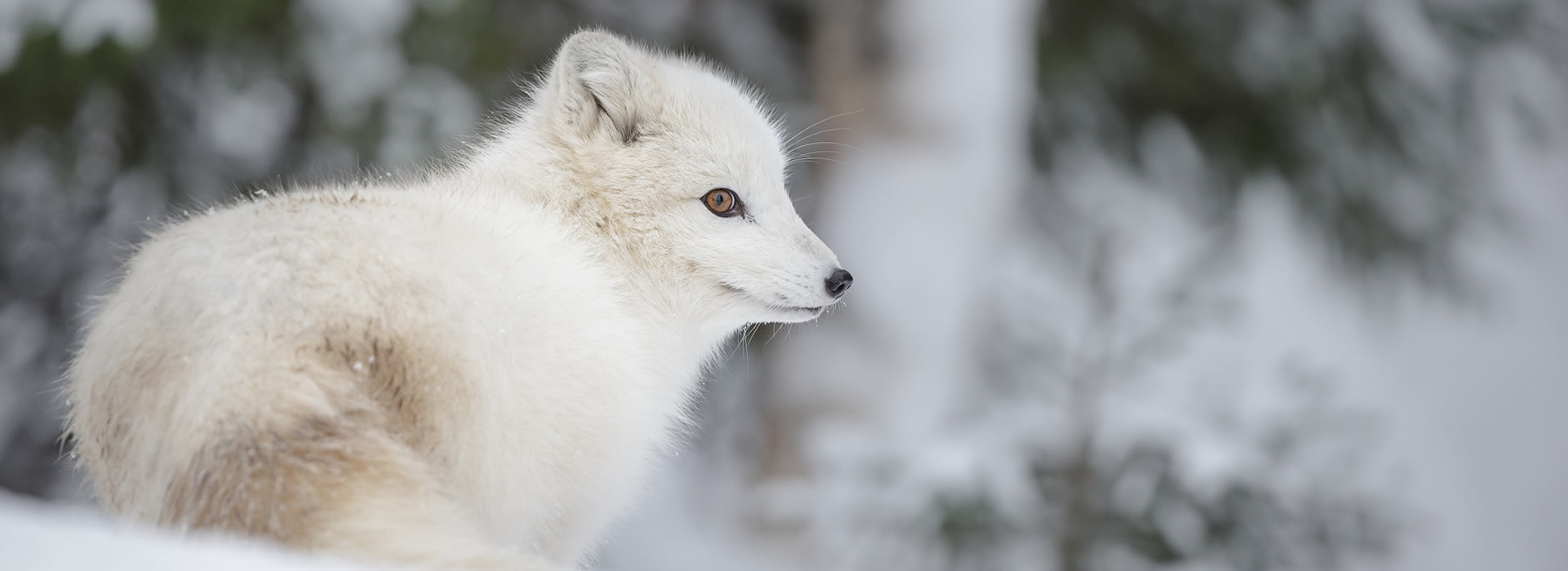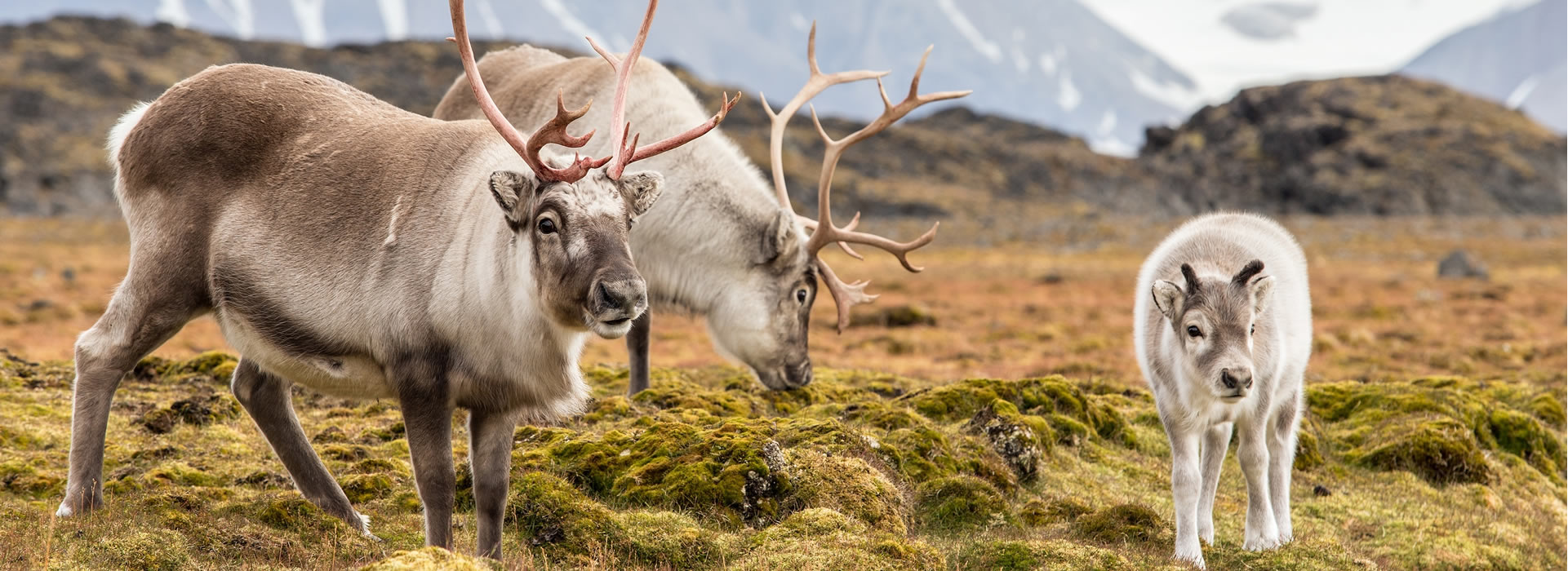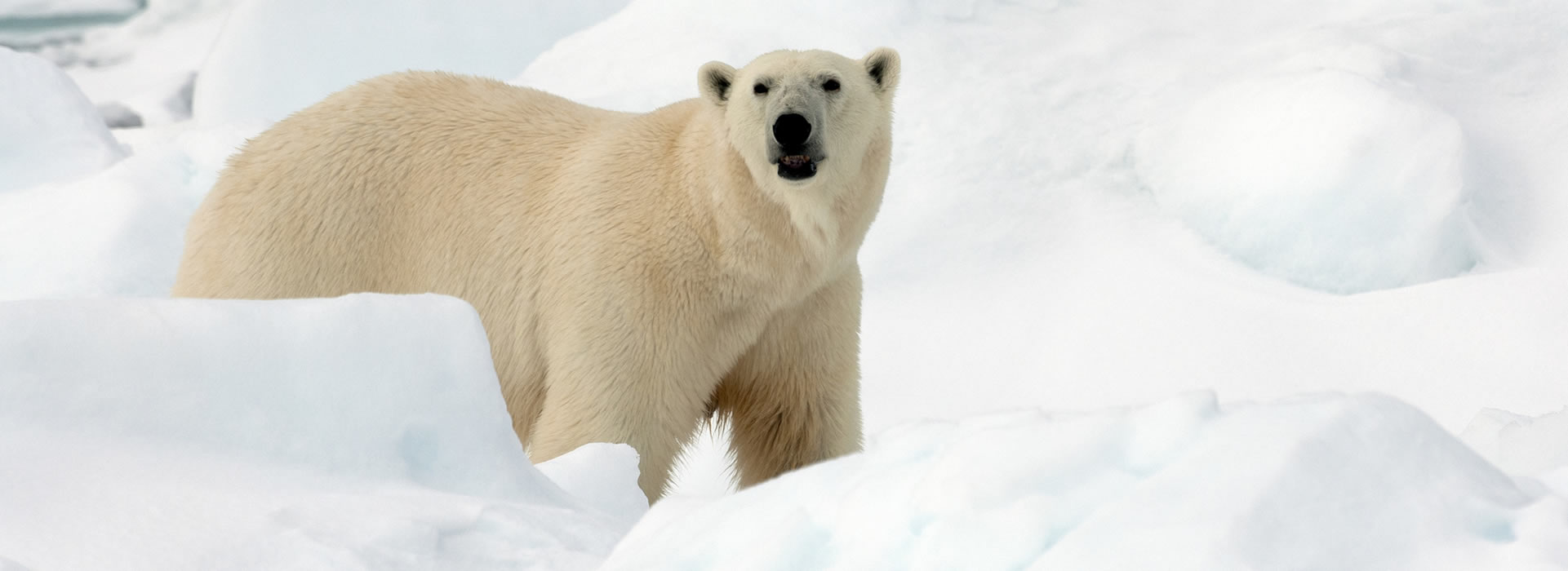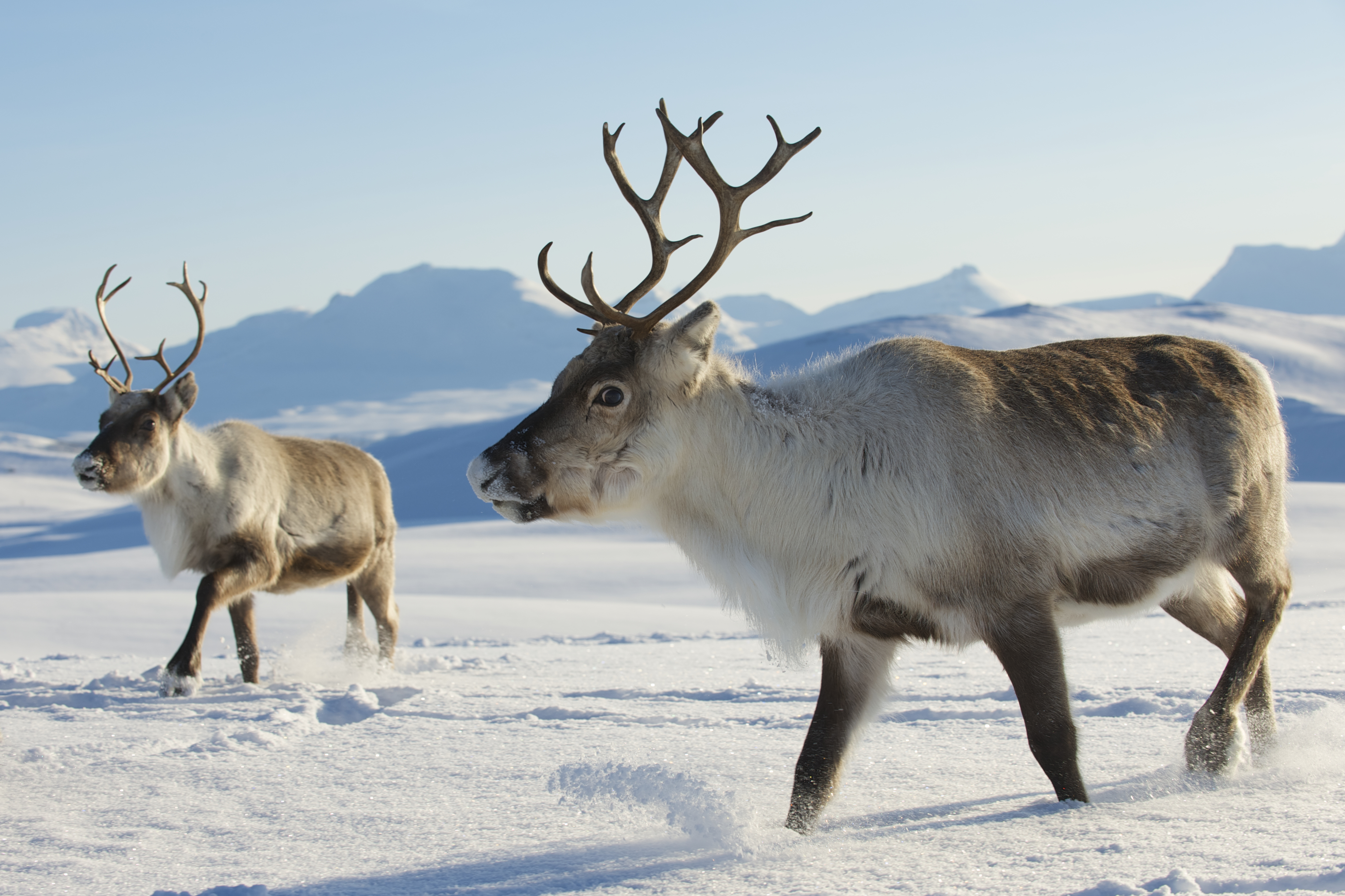Tundra Native Animals And Adaptations
Animals that live in the tundra have special adaptations that allow them to survive the extreme temperatures and conditions that are present in a tundra.
Tundra native animals and adaptations. Arctic tundra inhabitants main features are thick fur masquerading colors and several adaptations that help them keep warm and effectively travel along with the snow. Animals living in the tundra regions have thick fur and extra layers of fat to keep them insulated. The Tundra Climate The ecosystem Native Animals Native Plants Natural Disasters Sources Videos Native Animals.
Tundra means treeless therefore most of the plants in the tundra are low growing plants. Another creature native to the Sahara Desert the Addax antelope rarely if ever needs to drink water to survive. Arctic Moss Arctic Willow Caribou Moss Labrador Tea Arctic Poppy Cotton Grass Lichens and Moss.
Adaptations that these animals need to survive in the arctic tundra include thick fur to protect from harsh temperatures and insects. The animals here tend to have thicker and warmer feathers and fur. They must also be able to raise their young during the very short summer months.
Animal adaptations migration and hibernation are examples of behavioral adaptations used by animals in the arctic tundra. Animals need shelter and insulation in the Tundra. Plants and animals living in the tundra must be able to adapt to extreme cold brisk winds very short growing seasons and.
Out of all Arctic tundra animals we have chosen a few of interesting animals with unique adaptations below. Animal adaptations migration and hibernation are examples of behavioral adaptations used by animals in the arctic tundra. There are also smaller herds of musk-oxen that roam.
BY Craig S Baker. Fly fly and keep warm. Tundra means treeless therefore most of the plants in.



















